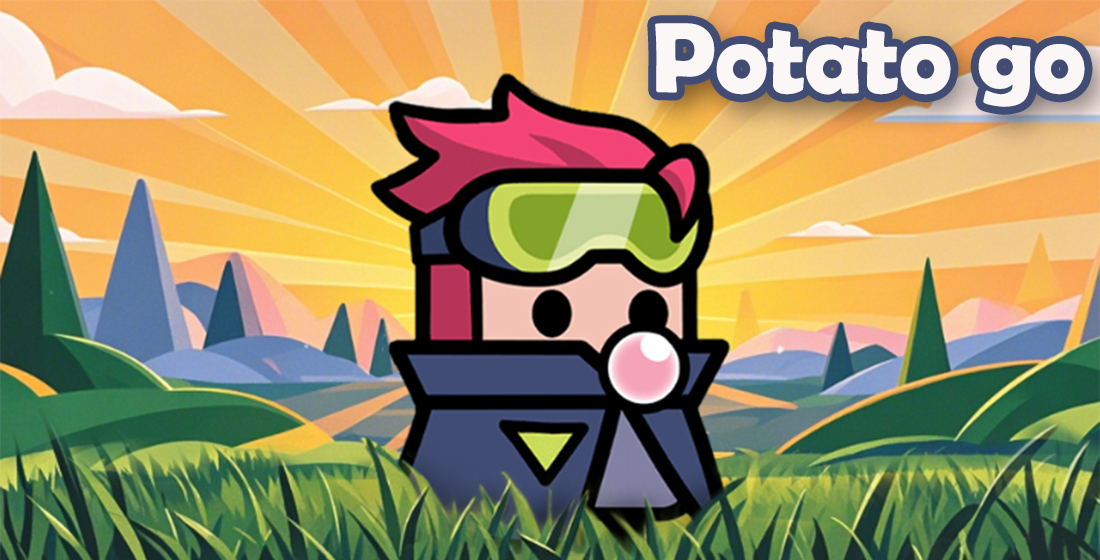Exploring the Freedom of Sandbox Games: Why They’re Revolutionizing the Gaming Experience
In the ever-evolving landscape of gaming, one genre has stood out as a beacon of creativity and freedom—sandbox games. These unique experiences offer players the liberty to explore vast virtual worlds, creating their own adventures as they see fit. In this article, we'll delve into the mechanics of sandbox games, examine their impact on the gaming community, and discuss how they are leading to a revolution in how we perceive games.
What Exactly Are Sandbox Games?
Sandbox games are a genre that emphasizes player freedom, allowing them to manipulate and interact with the game world in various ways. Unlike traditional games, where players are guided through predetermined paths or storylines, sandbox games provide a vast open world that players can explore at their own pace.
Some classic examples of sandbox games include:
- Minecraft: A pixelated world where players can craft and build anything they imagine.
- Grand Theft Auto V: An urban landscape full of opportunities for chaos or adventure.
- Roblox: A platform where users create their own games and experiences.
The Evolution of Gaming Mechanics
Sandbox games represent a significant shift in how games are designed. While earlier games relied heavily on linear narratives and structured gameplay, sandbox games have introduced new mechanics that promote exploration and creativity. Players can choose missions, build structures, or engage with NPCs (non-playable characters) in ways that feel organic and immersive.
For instance, the open-ended structure allows for various gameplay styles. Players might focus on construction, embarking on epic quests, or simply exploring the virtual world. This flexibility is crucial, as it caters to a wide range of gaming preferences.
Impact on Player Creativity and Engagement
The freedom offered by sandbox games has profound implications for player creativity. Instead of merely playing a game, players become a part of an evolving story that they can influence and shape. This level of engagement fosters a sense of ownership over their gaming experience.
Moreover, sandbox games often encourage collaboration amongst players. In games like Minecraft, users can work together to build elaborate structures, share resources, and even compete in mini-games. This social aspect adds another layer of enjoyment and retains player interest over time.
Sandbox Games: A New Era of Game Development
As the gaming industry continues to grow, developers are increasingly recognizing the potential of sandbox games. New Clash of Clans games have also entered the scene, presenting variations of the classic game with a sandbox twist. These games now allow for greater customization and strategy formulation than ever before.
The introduction of such features is reflective of a broader trend in the gaming landscape. Players are not simply looking for linear narratives; they seek games that offer them a canvas to paint their own stories. Developers are responding to this demand by creating more immersive worlds with a plethora of options.
The Technical Side of Sandbox Games
From a technical perspective, sandbox games require robust engines that can handle complex simulations. Unlike linear games that can rely on fixed assets and scripts, sandbox environments must be dynamic and responsive to player actions. This has led to significant advancements in graphics, AI, and physics engines that power these games.
With the rise of technology, the scope of sandbox games continues to expand. Virtual reality and augmented reality are soon becoming part of this genre, further blurring the lines between reality and gaming. Imagine crafting unique worlds not just on a screen but in your living room!
Player Communities: The Heartbeat of Sandbox Games
The communities built around sandbox games play a pivotal role in their success. Fan forums, modding communities, and social media groups thrive with players sharing their creations and experiences. Collaborations often lead to innovations, where players push the boundaries of what is possible in these gaming worlds.
| Sandbox Game | Community Type | Key Features |
|---|---|---|
| Minecraft | Creative Builders | Mods, Resource Packs |
| Roblox | Game Developers | User-Generated Content |
| Fortnite | Competitors | Building Mechanic, Free-For-All Modes |
Challenges Facing Sandbox Games
Despite their popularity, sandbox games face unique challenges. One major issue is ensuring game balance. With so much freedom, it can be easy for certain play styles to dominate, making the game less enjoyable for others. Developers must continuously adjust parameters and introduce new content to keep the experience fresh and engaging.
Another challenge is the potential for toxic behavior in online multiplayer settings. As communities grow, developers must find ways to foster a positive environment and address issues like bullying and harassment.
The Future of Sandbox Games
Looking ahead, the future of sandbox games appears bright. As technology continues to advance, we can expect even more interactive and complex gaming worlds. Increased accessibility also means more players can join the sandbox revolution, breaking barriers and expanding the community further.
Moreover, as new platforms emerge, such as cloud gaming, players will be able to engage with their favorite sandbox experiences anywhere and anytime, transforming the social aspect of gaming.
Conclusion
In conclusion, sandbox games are not merely a genre; they represent a new paradigm in gaming. Their emphasis on player freedom and creativity is revolutionizing how we interact with virtual worlds. As players continue to shape and redefine these experiences, sandbox games will remain at the forefront of innovation in the gaming industry.



